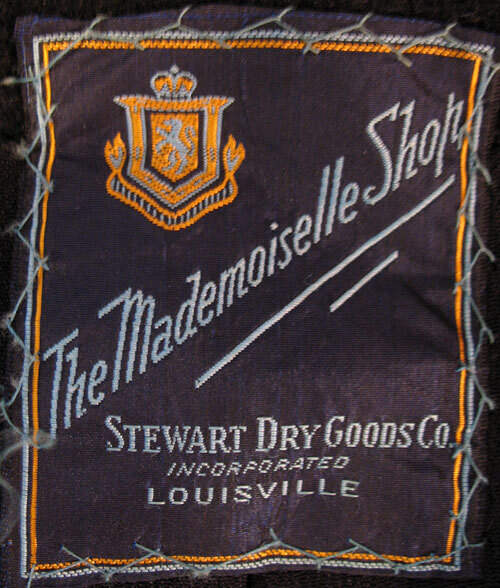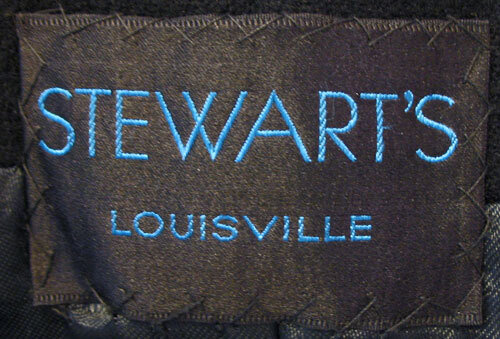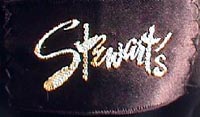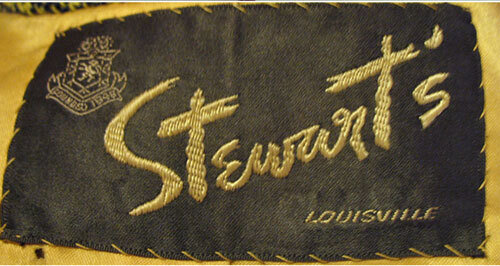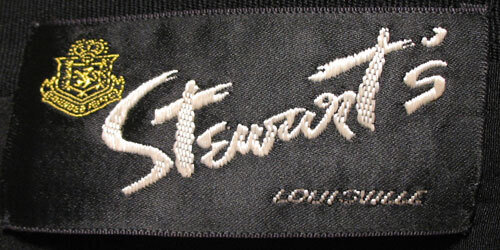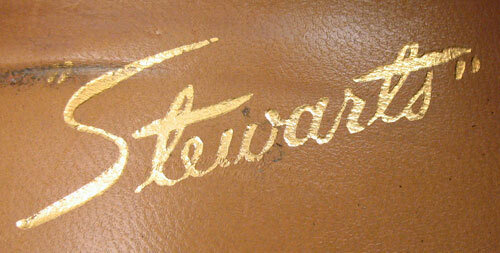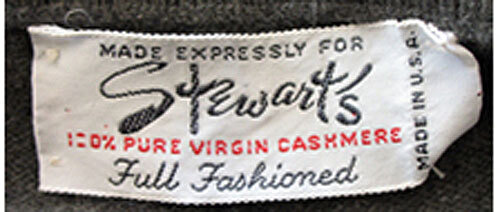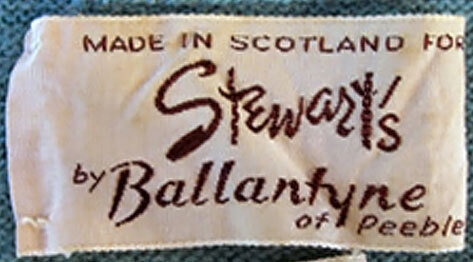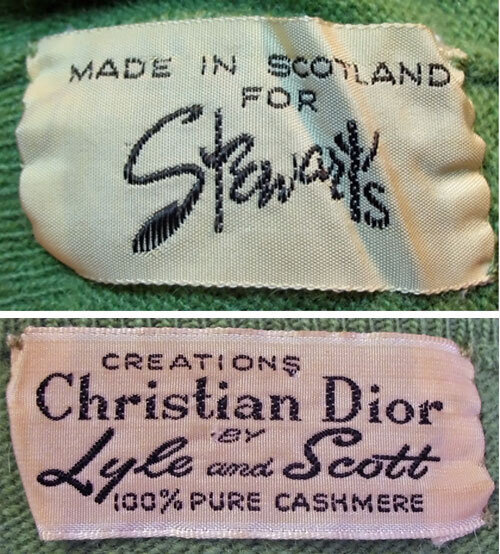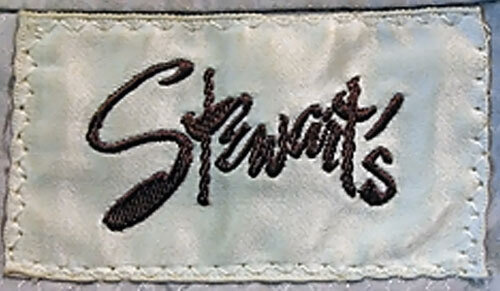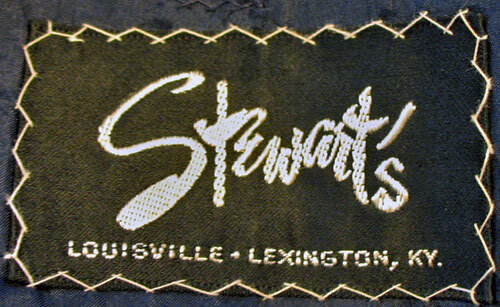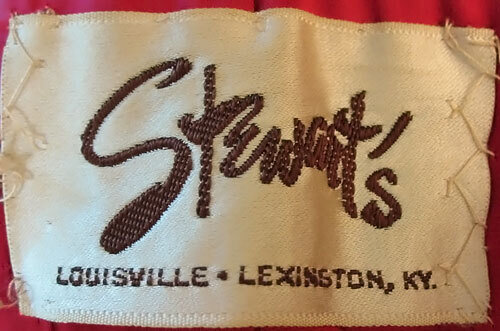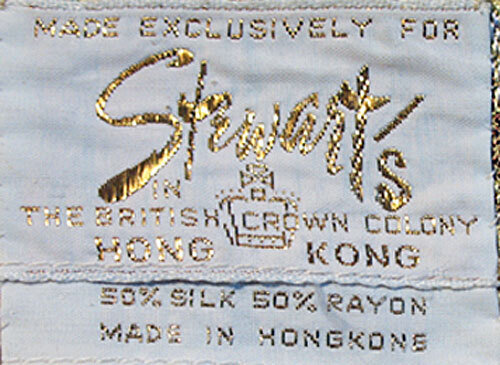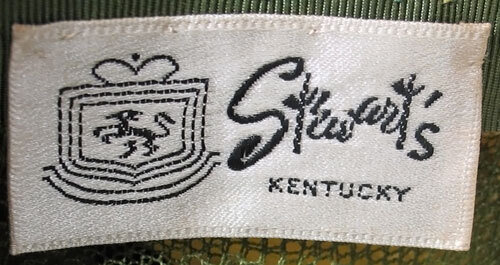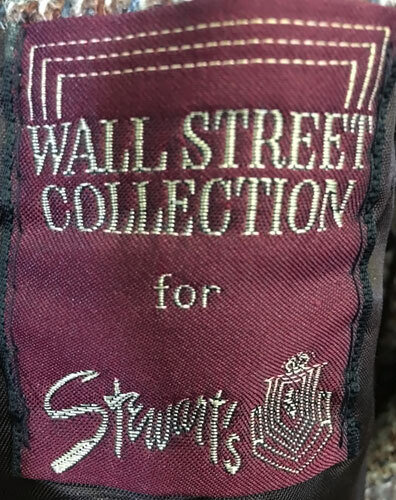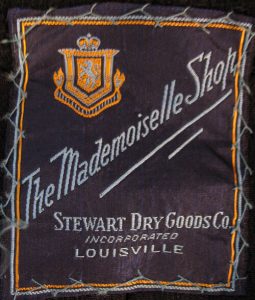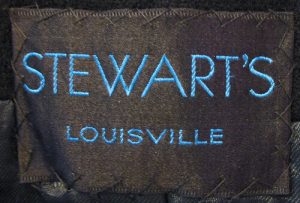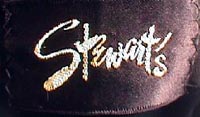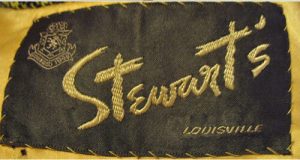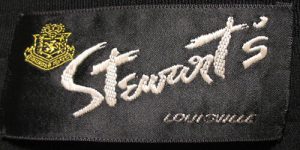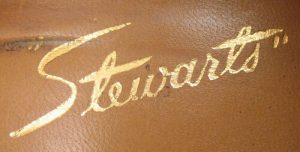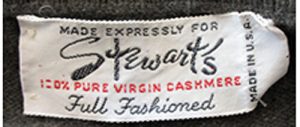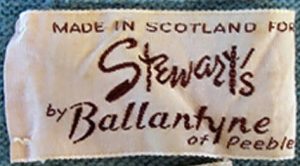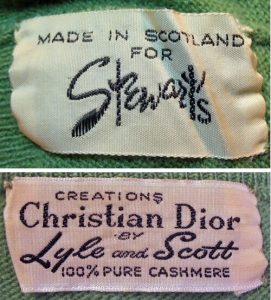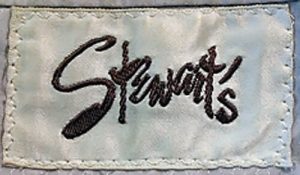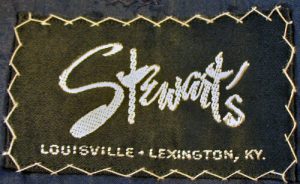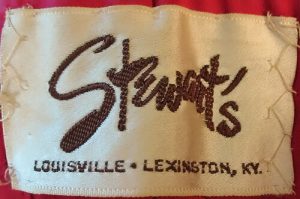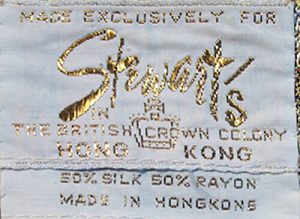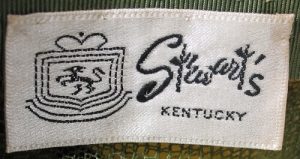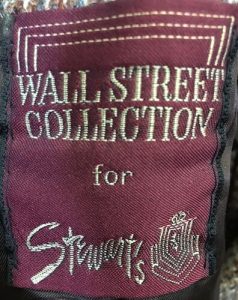Stewart’s was the premier department store in Louisville, KY, plus being one of the largest stores in the American South. Stewart’s was founded by Benjamin Durkee and James Heath in 1846 at 3rd and Market St. as Durkee & Heath’s New York Store. Durkee was the NY based buyer while Heath ran the operation in Louisville. The store moved to 4th and Jefferson in 1853, expanded and became the S. Barker Co. in 1862. Jesse Middleton and Augustus Sharpe bought and renamed the company in 1880. In 1892, it was sold and renamed Fessenden & Stewart Co.‘s The New York Store. When Louis Stewart gained sole control in 1893, it was known as Stewart Dry Goods. Louis Stewart stayed for approximately 10 years and made Stewart’s a charter member of Associated Dry Goods.
On April 15, 1907, Stewart’s Dry Good opened their famous flagship store at 501 S. 4th on the SE corner of Walnut St. (now Muhammad Ali Blvd) across 4th from the Seelbach Hotel. Designed by Alfred Joseph of the firm McDonald and Dodd, the landmark building still stands and is on the National Register of Historic Places. Stewart’s became a downtown landmark and commercial palace known for the Orchid Room, the Luncheonette and the Rebel Room dining facilities. The main store had seven stories with marble floors, reception rooms, a hospital, and 64 departments with everything from custom dressmaking (new in 1907) to custom dress fabric (yardage came with a Stewart’s label to sew in the garment), needlework instruction, books, shoes, gloves, furniture, rugs, china, trunks, and glassware. Laces and model gowns were brought in from NY and Paris.
After 1907, “the New York Store” phrase figured much less prominently in their advertising. The old store at 4th and Jefferson became Stewart’s Golden Rule Store, an economy venue until 1913. In a 1913 ad, Stewart Dry Goods claimed to have the largest Ready-to-Wear women’s department in the South along with the largest dining room in Louisville, where lunch cost .35 cents. Their advertisements at that time referred to the “Stewart Dry Goods Company in connection with James McCreery & Company, New York”. The building was enlarged in 1946. The logo “Stewart’s” in script began use in 1947. The first branch store was established in 1951 in Lexington, KY. on East Main Street. A multi-story expansion was added in downtown Louisville in 1959. They opened a branch in the Mall St. Matthews in 1966 and a store in Oxmoor Mall in 1971. Stewart’s also opened a branch in the Fayette Mall in Lexington that year. There are labels with ‘Stewart’s of Kentucky’.
Stewart’s merged with L.S. Ayres on Nov 1, 1985. At that time there were 7 stores – 4 in Louisville, 2 in Lexington, and 1 in Evansville, Indiana. The Orchid Room and Luncheonette closed in 1986. In June 1987, Ayres was sold to Snyder’s, then in Oct. 1987, Hess’s bought Snyder’s. In April of 1990, Hess’s closed the 4th St flagship store abruptly and never reopened.
Written by Hollis Jenkins-Evans
